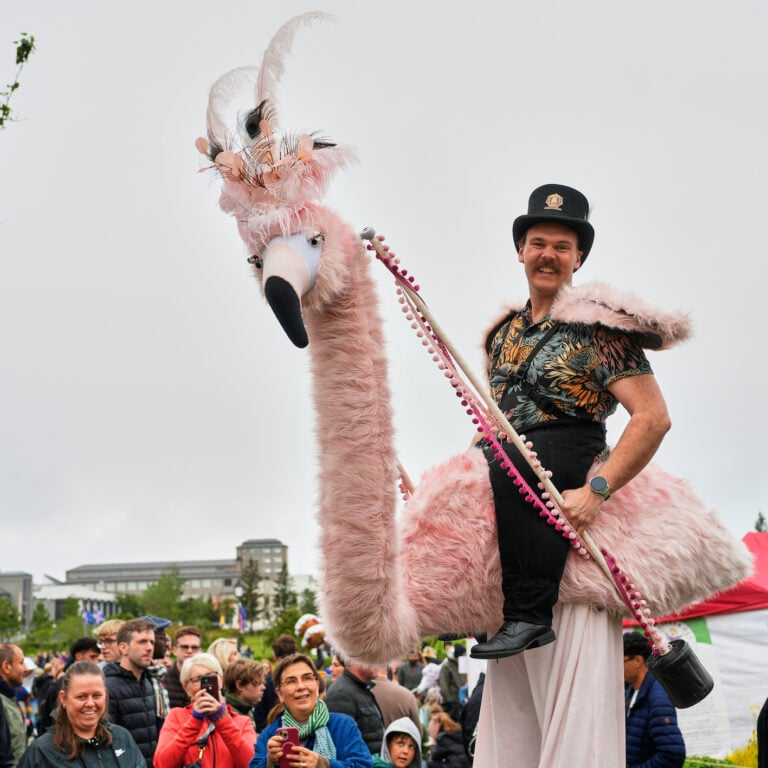On June 17th, the Republic of Iceland celebrated its 80th anniversary. Iceland has been an independent nation since its declaration of independence in 1944. At that time, both Denmark and Norway were occupied by Hitler’s Germany. In a sense, Iceland has been an independent nation for a year longer than Norway or Denmark during this period. Sweden, on the other hand, has always been an independent nation since the beginning of settlement, while Finland gained its independence from Russia 107 years ago, in 1917. The Danes boast the oldest national flag in the world; Dannebrog, the current flag of Denmark, is said to have descended from the heavens during the Battle of Lyndanisse (now Tallinn) in Estonia in 1219, as Valdemar II, King of Denmark, fought against the pagans who inhabited Estonia at that time. The Danes emerged victorious and subsequently conquered the northern regions of Estonia.
The Baltic states—Estonia, Latvia, and Lithuania—first gained independence between 1918 and 1920 but remained independent for only twenty years until they were occupied again by the Soviet Union in 1940 at the onset of World War II. As it happens, Iceland was the first nation to recognize the independence of the Baltic states in 1991. In 2004, these three nations joined NATO and the European Union. Denmark, Iceland, and Norway are founding members of NATO, established 75 years ago in 1949, which marked the beginning of the Cold War with twelve nations forming this defence alliance. Finland joined the alliance last year, followed by Sweden this year as the 32nd member nation of NATO. Today, NATO’s population encompasses approximately one billion people.
Celebrations in Iceland on June 17th have evolved significantly over recent years and decades. Now it is primarily a festival for children, featuring balloons, inflatable bouncy castles, and a variety of dancing and concerts. Politics now play a minimal role during these festivities; however, Fjallkonan—the Lady of the Mountain and national personification of Iceland—remains a fixture on Austurvöllur square opposite the parliament building beside a statue of national hero Jón Sigurðsson, who was born on this day in 1811. The main celebrations in the capital took place in Hljómskálagarðurinn park by Reykjavíkurtjörn. Naturally, Icelandic Times was there to capture the festivities on film.
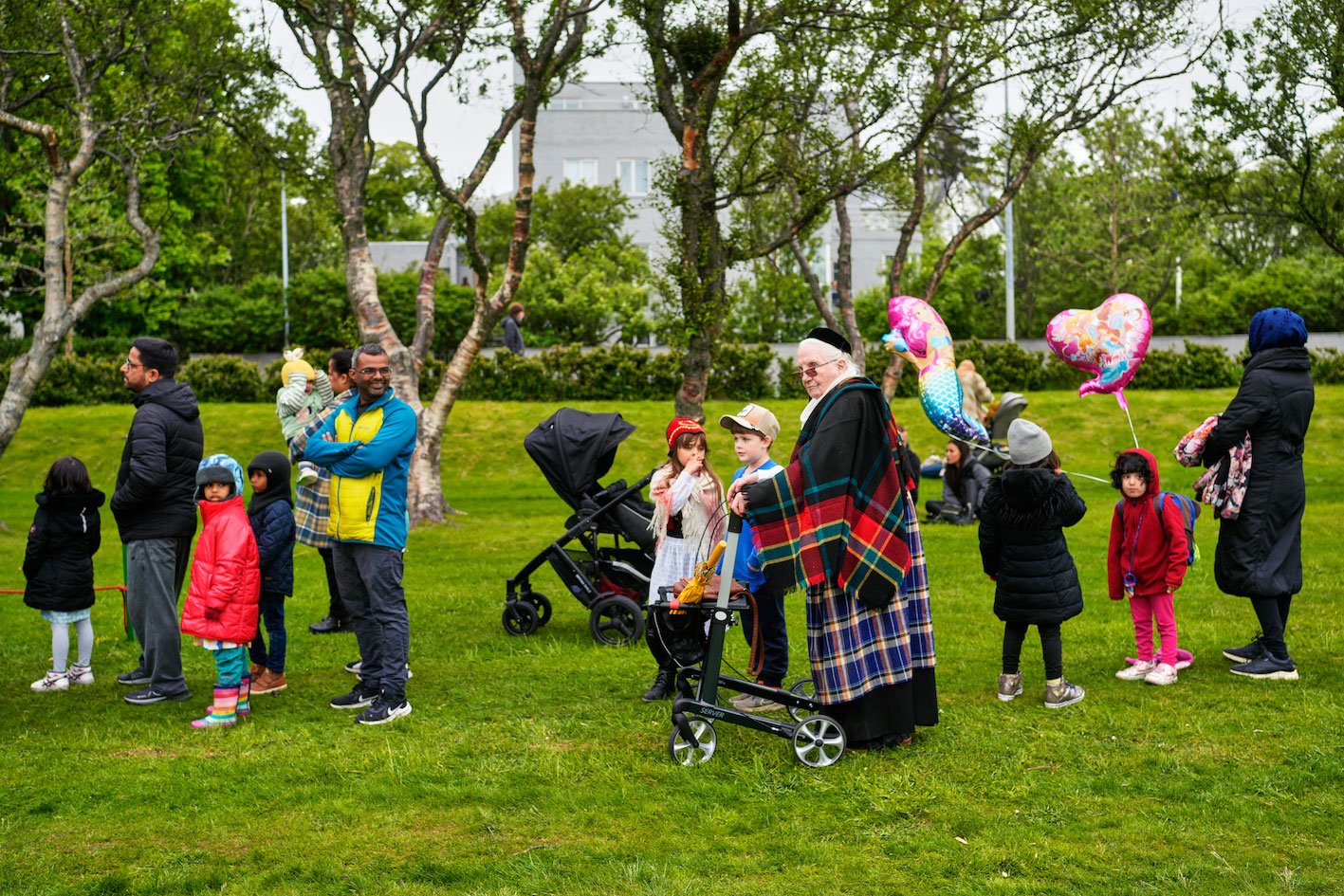
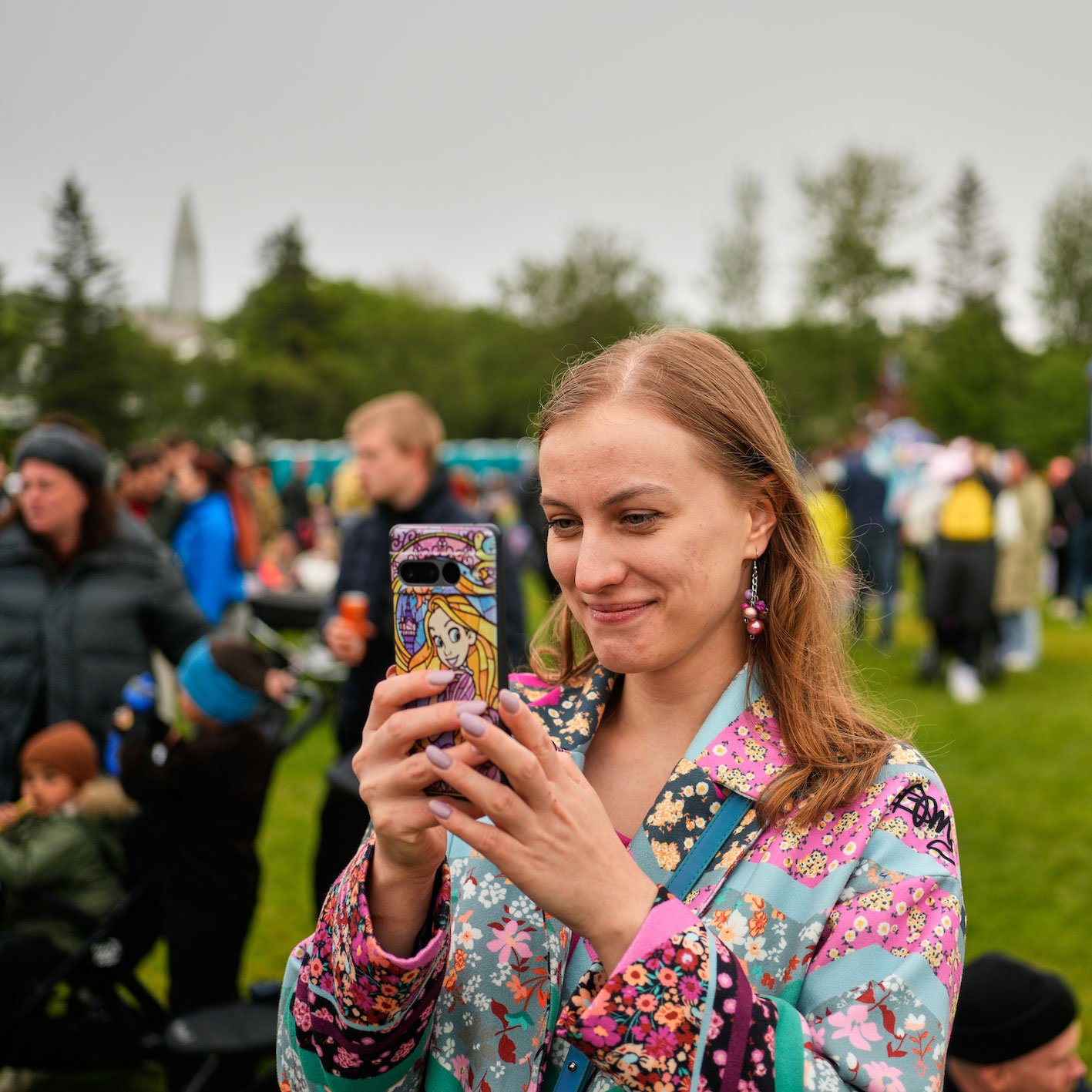
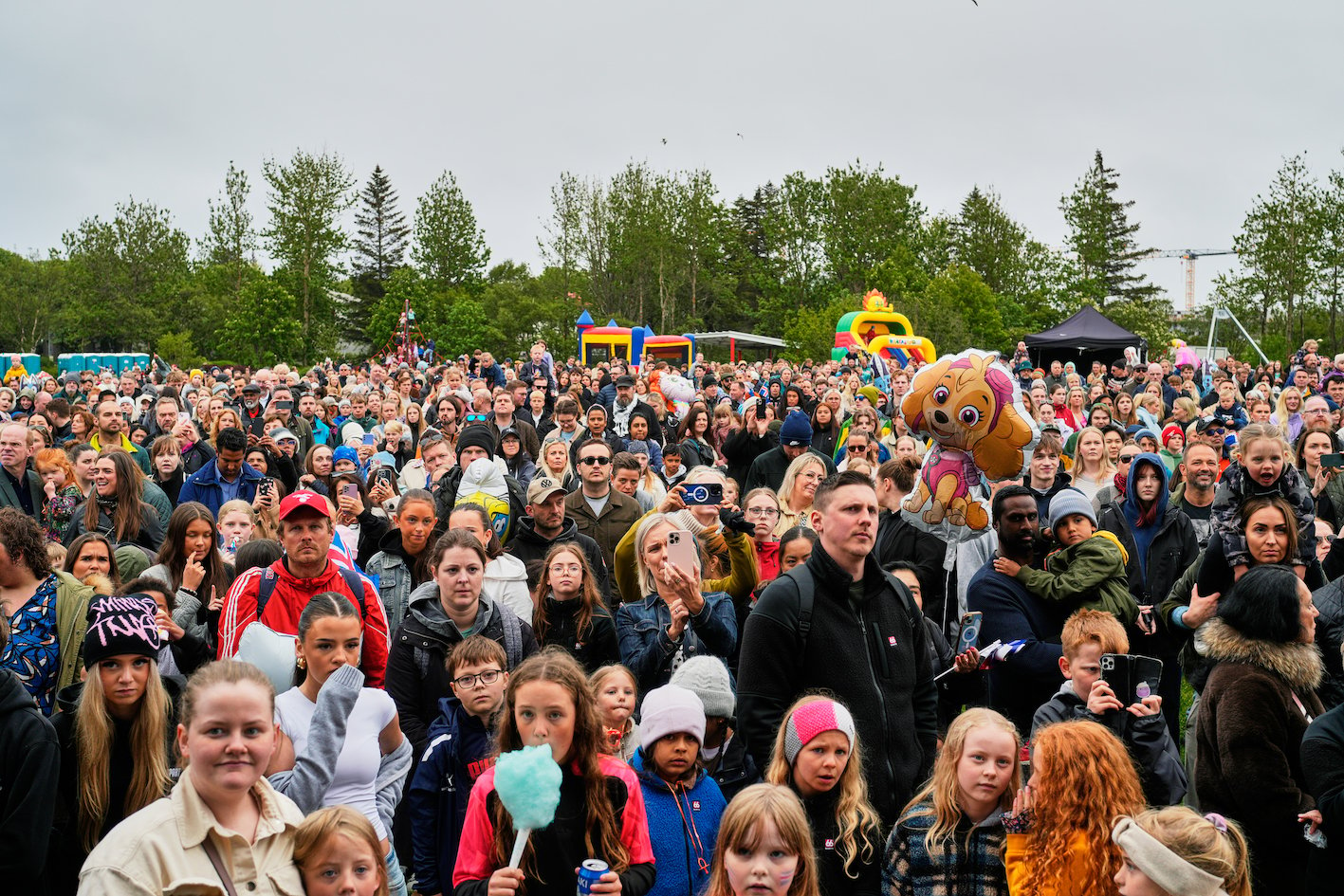
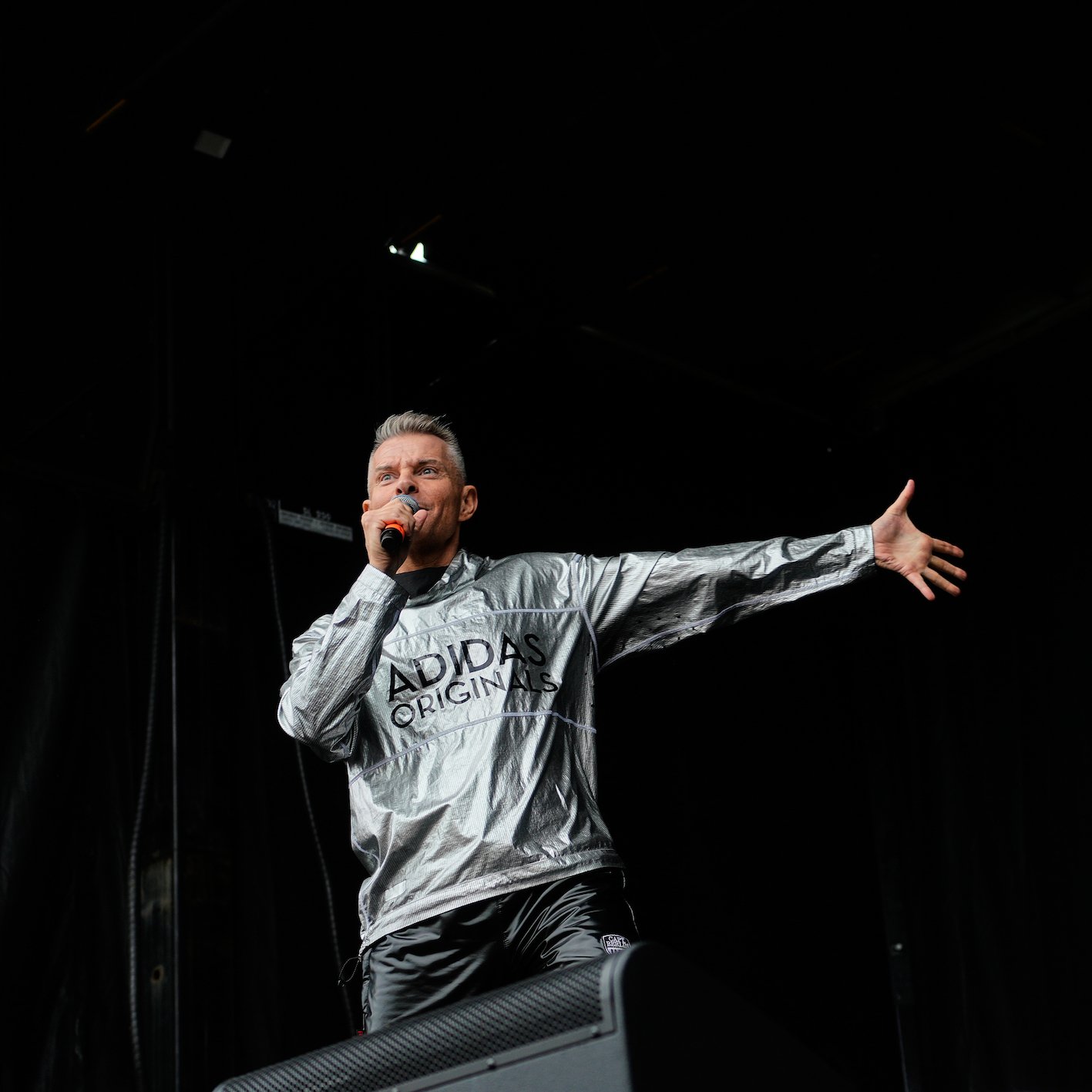
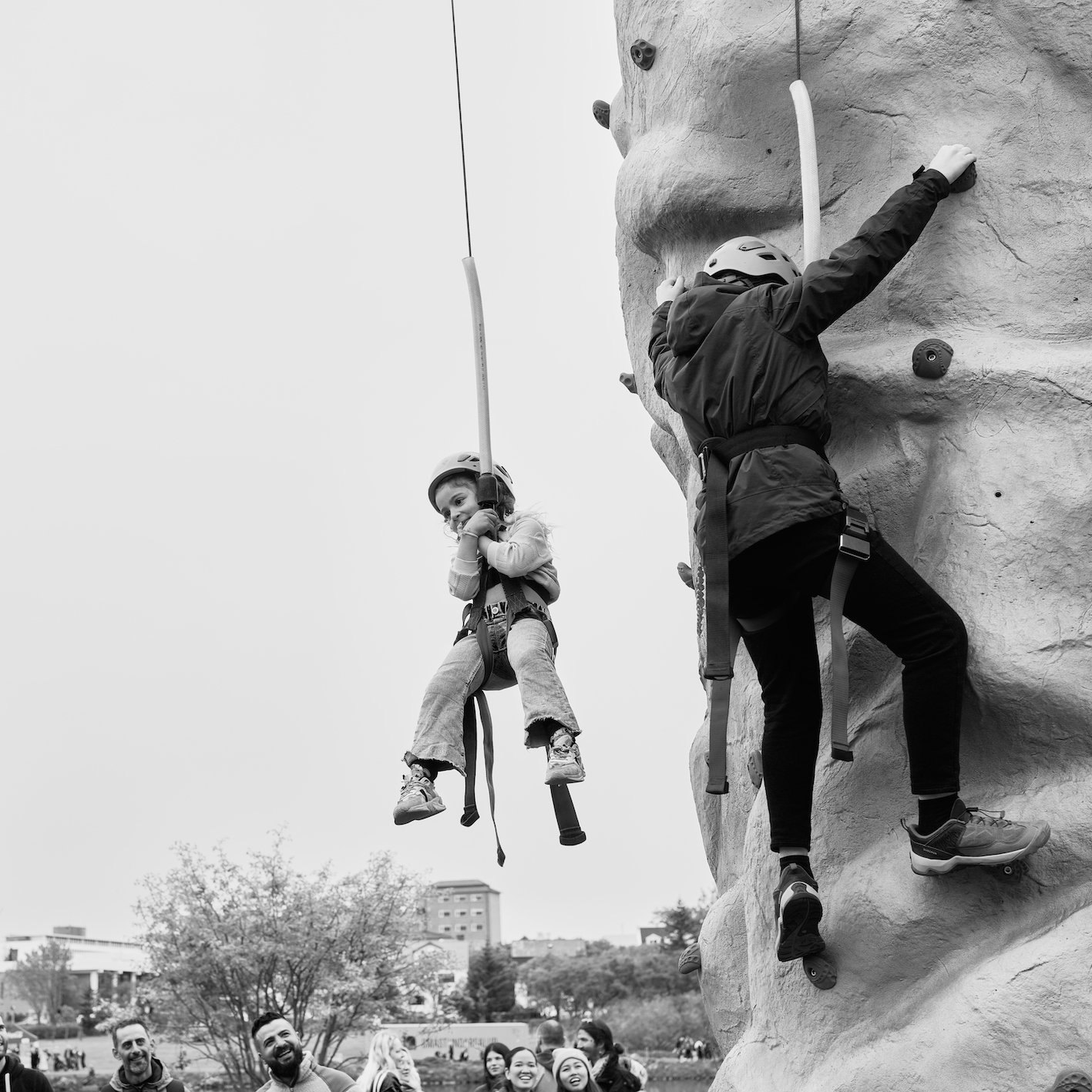
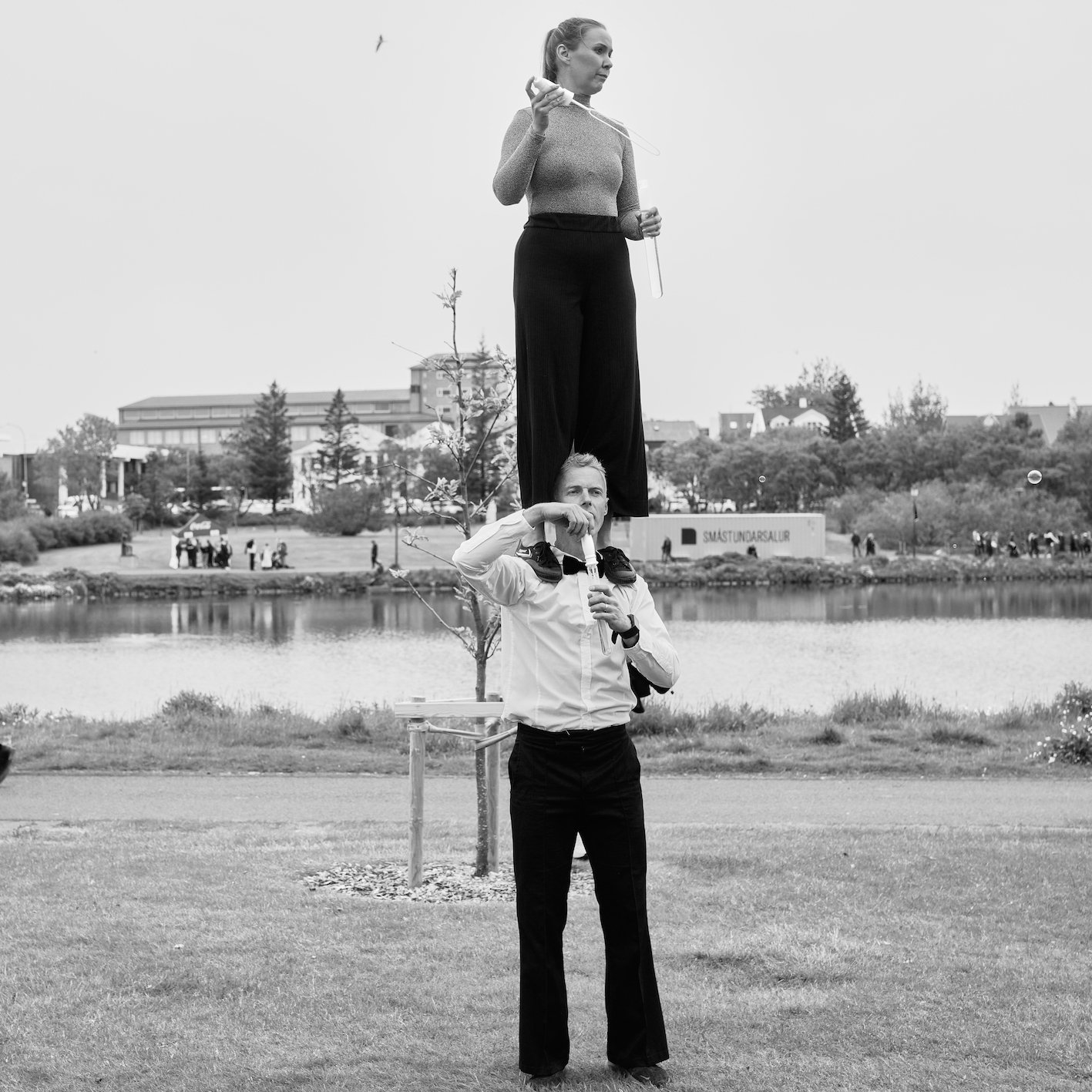
Reykjavík 17/06/2024 : A7C R – FE 2.5/40mm G
Photos & text: Páll Stefánsson



